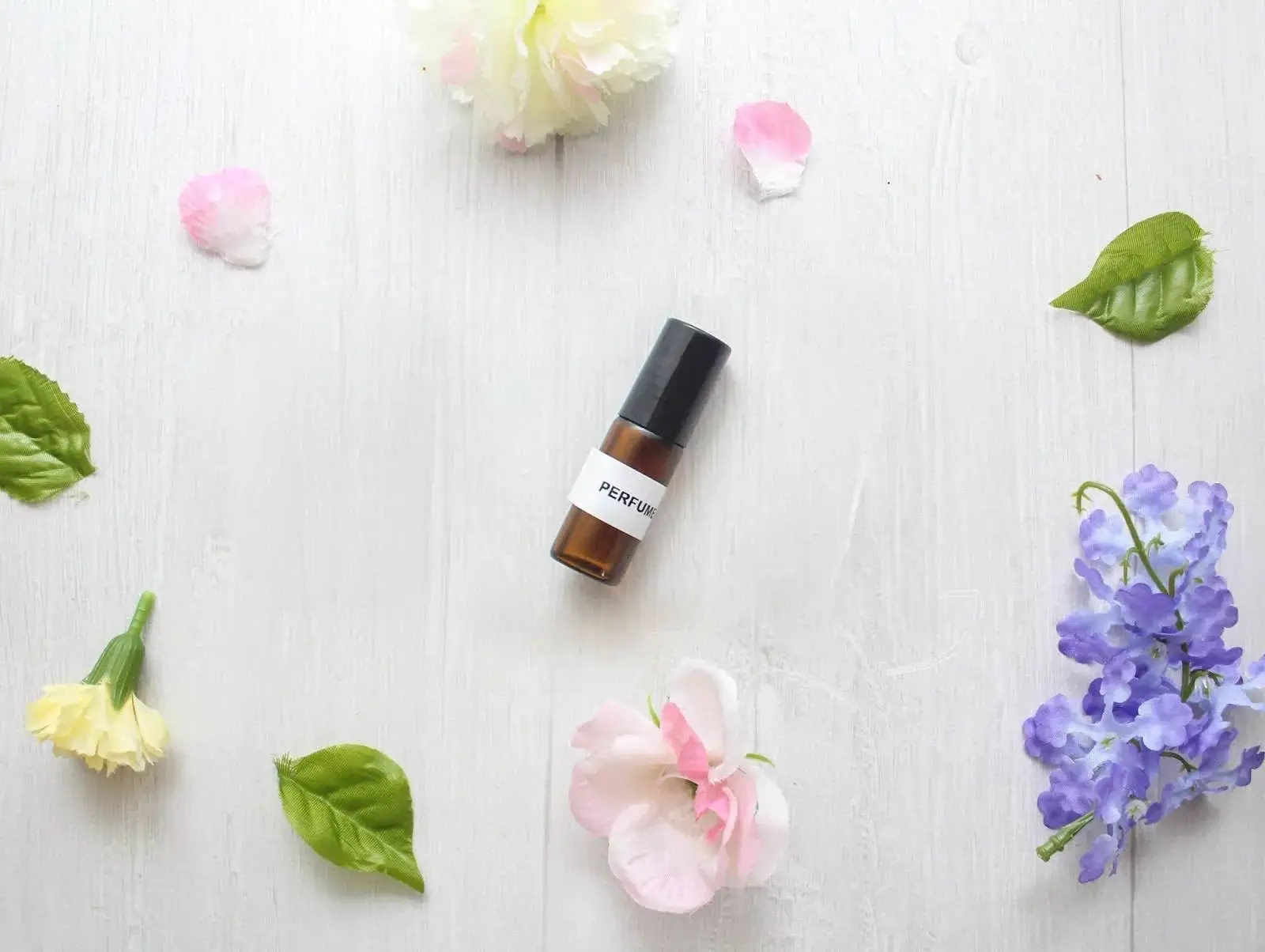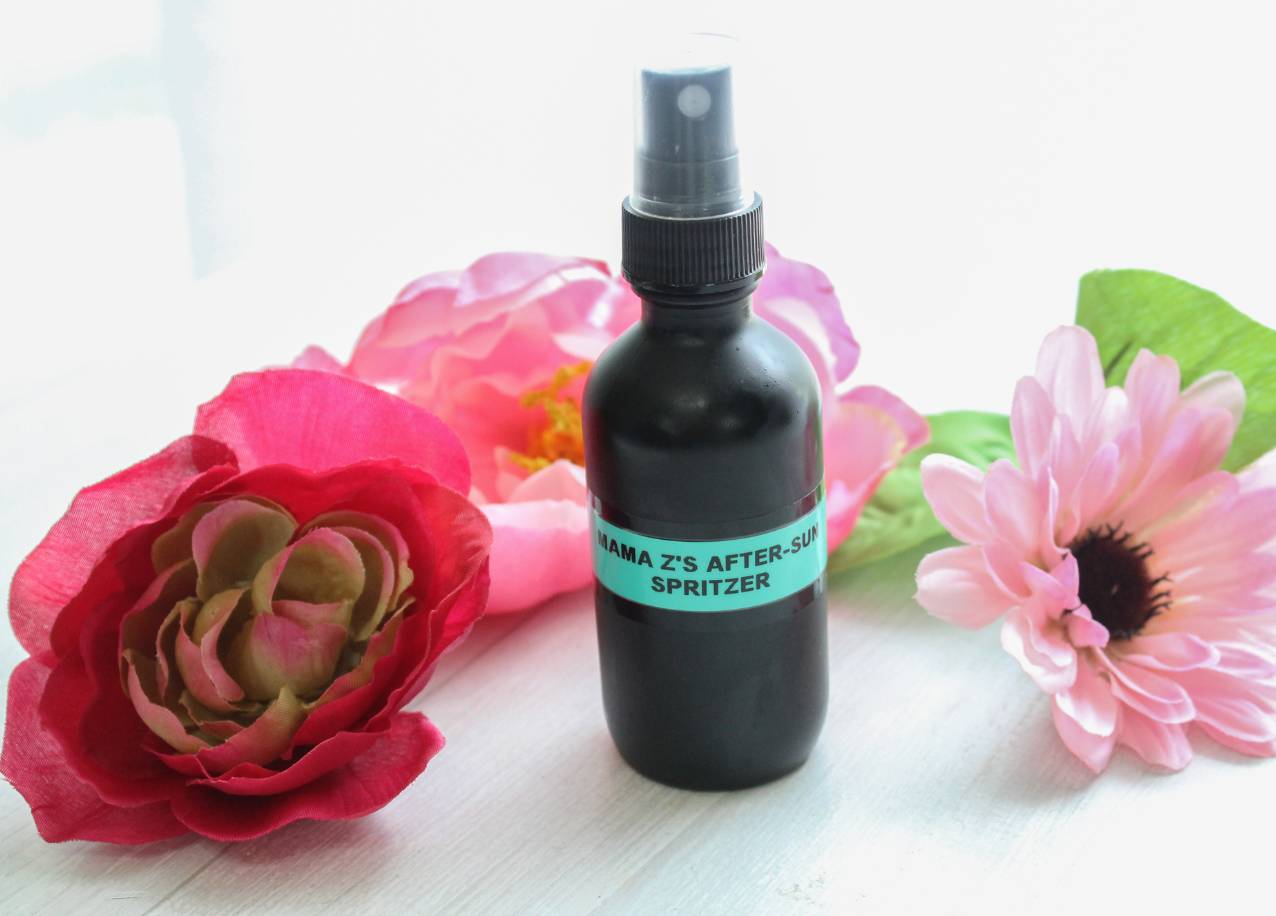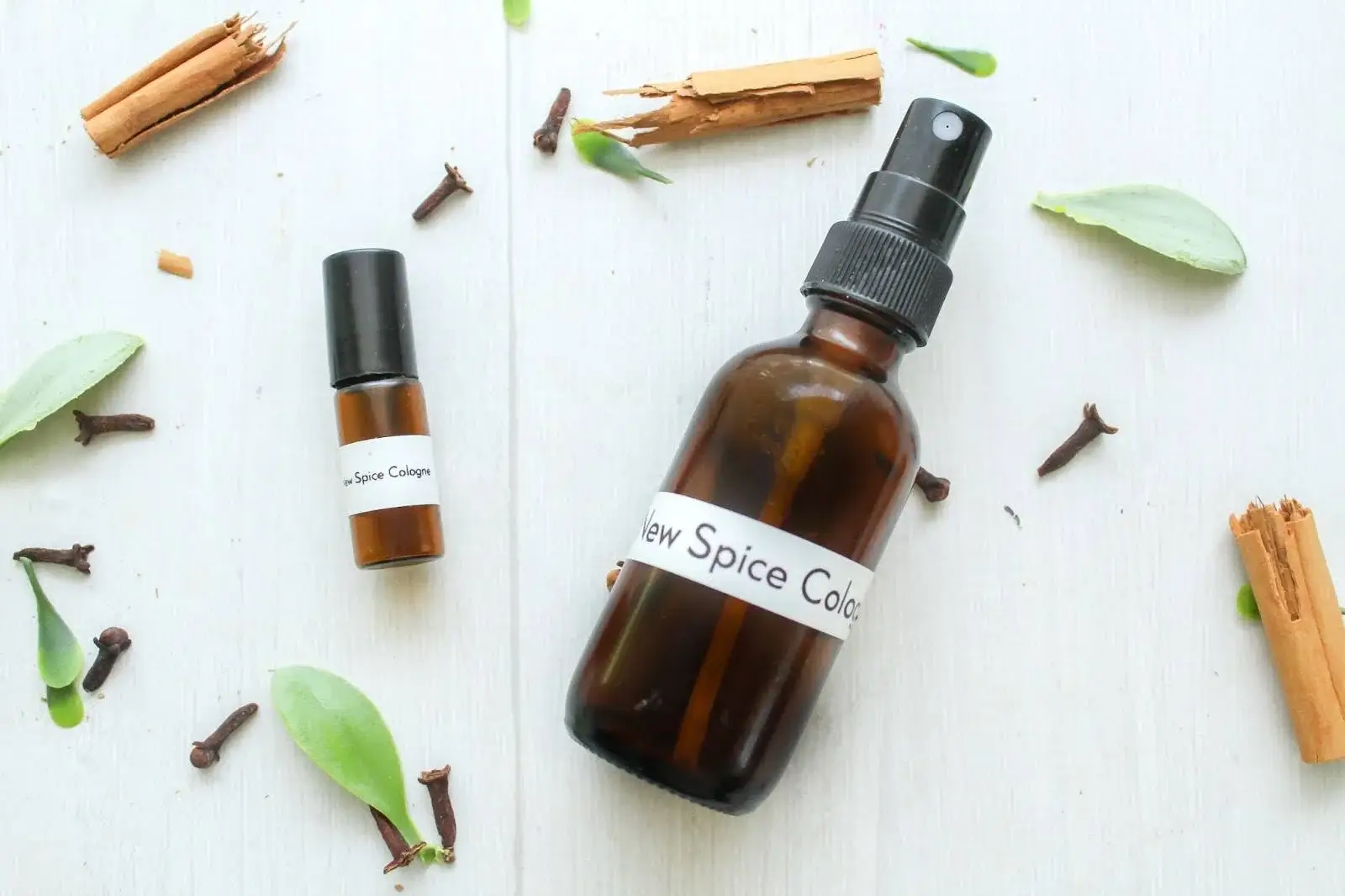Cleaning the oven can be a struggle. Some people clean their oven spills as they happen, but most of us live in busy homes where oven cleaning goes by the wayside. As a result, I find my oven needs deep cleaning often. My Homemade Oven Cleaner With Essential Oils works hard to get all the yuck out, and it makes your oven walls shine. The best part is that you’re not cooking your food in a bunch of chemicals.
I know you’ll love this powerful, toxin-free cleaner.
Table of Contents
Common Toxins in Conventional Oven Cleaning Methods
1. Sodium Hydroxide
While you may not have heard of sodium hydroxide, you probably have heard of lye, which is another name for this toxin. This moisture-absorbing toxin is found in many cleaning products, including oven cleaners. It’s added to help soak up grease and other oily residues. When you combine lye with water, you get a powerful cleaning agent, but you also get chemical burns.
This toxin irritates the eyes and makes it hard to breathe. (1) Ingesting products that contain this chemical can be deadly. I don’t know about you, but my little ones always put things in their mouths. I find such peace of mind knowing that my cleaning cabinet is non-toxic!
2. Teflon
Teflon isn’t in store-bought cleaners, but it is in most ovens. Teflon coats the inside of ovens and makes them non-stick. While this chemical is safe to cook near, it can break down and give off toxic fumes when it reaches high temperatures. (2) The self-cleaning cycle on your oven runs at extremely high temps, so Teflon has a higher chance of breaking down.
If you’ve ever felt sick while your oven cleans itself, this is why! When Teflon breaks down, it can cause multiple side effects, including nausea, headaches, chills, and other flu-like symptoms. Of course, it does take prolonged exposure to feel these symptoms, but most oven cleaning cycles take up to five hours. That constant stream of chemicals is sure to cause issues.
Tips to Help You Clean Your Oven With No Hassle
While heat can kill bacteria, it is always better to ensure your oven is as clean as possible. When your range is clean, it is more efficient and reaches the temperature you want faster. A clean appliance also lasts longer! Having crusted food on the oven walls can affect your food and make it taste burnt. No chef wants that!
If you’ve kept up with your oven cleaning, you can probably clean your stove with the steaming method. To do this, just put a large pot of water in the oven and bake it at 450 degrees for 30 minutes. Steaming your oven loosens dirt and grease, allowing it to be wiped away once the oven has cooled. If your range looks like it’s been through an epic battle, you’re going to need more than just steam to dislodge debris.
My Homemade Oven Cleaner With Essential Oils will help restore your oven to its original health. If your range is really dirty, it may take more than one cleaning to get your desired results.
Homemade oven cleaner is more comfortable to use than the self-clean function. The auto-oven clean method can take forever to finish, sets off the smoke detector, and smells horrible. It also heats the house, which is awful in warmer climates.
Of course, you can always get a chemical-laden spray cleaner from the store, but no one wants to cook their food in a toxin-filled space! You don’t need chemicals to get your oven clean, but you do need a little elbow grease. Here’s how I make my oven sparkle!
- Take everything out of the oven. This includes racks, pans, thermometers, and anything else that is removable. Removing everything ensures that you get to every part of the oven. I like to soak my oven racks in the sink to remove stubborn dirt.
- Scoop out all loose bits of food and debris. A vacuum hose is the easiest way to do this, but you can also use a brush and a dustpan. You may have to use a spatula to loosen some of the debris.
- Let the cleaning mixture sit and work its magic! The longer it sits, the better it works. If your oven is super dirty, you may want to leave it on overnight. I usually prime my oven during morning chores and finish the job late afternoon.
- Clean the outside of the oven too! Knobs, handles, and even the glass tends to get dirty over time. Many ranges allow you to remove the glass for a squeaky clean finish.
Safe & Natural Oven Cleaning Ingredients
This DIY uses simple ingredients that are naturally amazing at cleaning ovens. You may have most of these items in your pantry already!
Organic Unscented Liquid Castile Soap: This is my soap of choice because it is toxin-free and high-quality. It’s entirely vegetable-oil-based, and it creates great bubbles.
Baking Soda: Baking soda is an all-natural abrasive that is amazing at loosening tough debris. Grease simply dissolves when you add baking soda to it! If your oven has odors, baking soda will work to absorb them. Bonus: Baking soda is cost-effective!
Hydrogen Peroxide: Peroxide is an excellent toxin-free disinfectant. It can remove fungi, bacteria, germs, and more. Plus, when you combine it with baking soda, it creates a bubbly reaction that eradicates stuck-on food pieces.
Organic Distilled White Vinegar: Often, grease can leave unsightly stains on the inside of ovens. Vinegar’s acidic properties work hard to help eliminate those stains!
Lemon Essential Oil: Lemon is an incredible essential oil with many of the same effects that a window cleaner does. It makes surfaces shine, freshens the air, and it can even help disinfect. Cleaning with lemon EO is like a mini aromatherapy session that always boosts my mood!
Tea Tree Essential Oil: This EO smells fresh and can kill stubborn germs (4) that live in the oven! When bacteria gets eliminated, odors usually go too! When combined with lemon, tea tree essential oil smells fantastic.
Making Homemade Oven Cleaner With Essential Oils

Oven Cleaner With Disinfecting Essential Oils
Quantity
Ingredients
- ½ cup organic unscented liquid castile soap
- Hot purified OR distilled water
- 1 cup baking soda
- ½ cup hydrogen peroxide
- 2 tablespoons organic distilled white vinegar PLUS additional vinegar for rinsing step
- 10 drops lemon essential oil
- 10 drops tea tree oil [optional]
Instructions
- Empty everything out of the oven, including racks, thermometers, etc.
- Pour the liquid soap into a bowl with hot water and wipe the oven down.
- In a medium-sized bowl, mix all the remaining ingredients to make a paste.
- Spread the paste all over the inside of the oven except on the heating elements.
- Let it sit for at least 4 hours; the longer you let it sit, the more it can work. You can even leave it on overnight, and it won’t hurt anything.
- Remove the paste with a rag, brush, or scrub sponge.
- You can do a final rinse with a mixture of ⅓ vinegar and ⅔ water in a spray bottle.
Step One: Empty the Oven and Wipe It Out
Empty the oven of all racks, pans, and thermometers. Then, mix the liquid soap with hot water, mix, and wipe the entire range down.
Step Two: Make the Paste
Mix the baking soda, peroxide, vinegar, and essential oils in a small bowl to make a paste.
Step Three: Spread the Paste and Let Sit
Spread the paste all over the inside of the oven, in every nook and cranny EXCEPT the heating elements. Let it sit for at least 4 hours.
Step Four: Remove the Paste
Remove the paste with a rag, brush, or scrub sponge.
Step Five: Do a Final Rinse
Enjoy your sparkling clean oven! Rinse with your vinegar and water mixture for a streak-free finish. Towel dry if you wish.
- https://pubchem.ncbi.nlm.nih.gov/compound/Sodium-hydroxide
- https://pubmed.ncbi.nlm.nih.gov/16922460/
- https://www.cdc.gov/infectioncontrol/guidelines/disinfection/disinfection-methods/chemical.html
- https://www.ncbi.nlm.nih.gov/pmc/articles/PMC1360273/

















